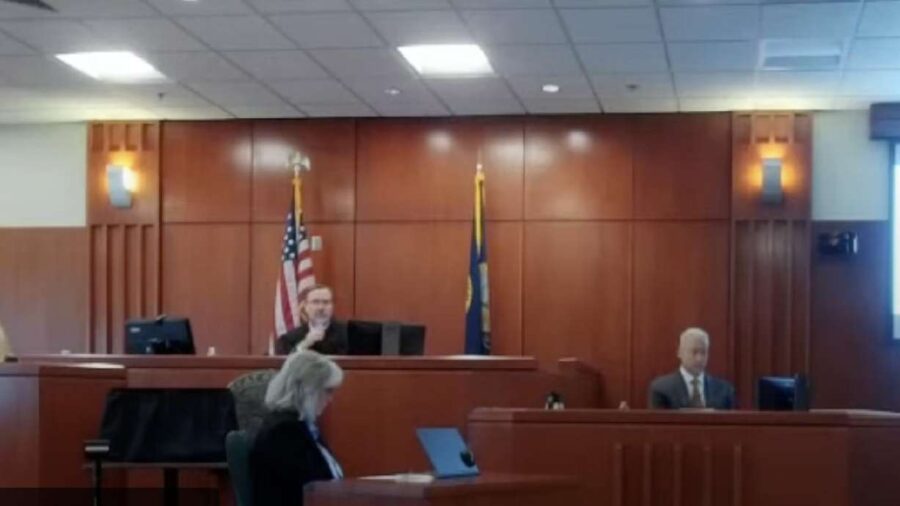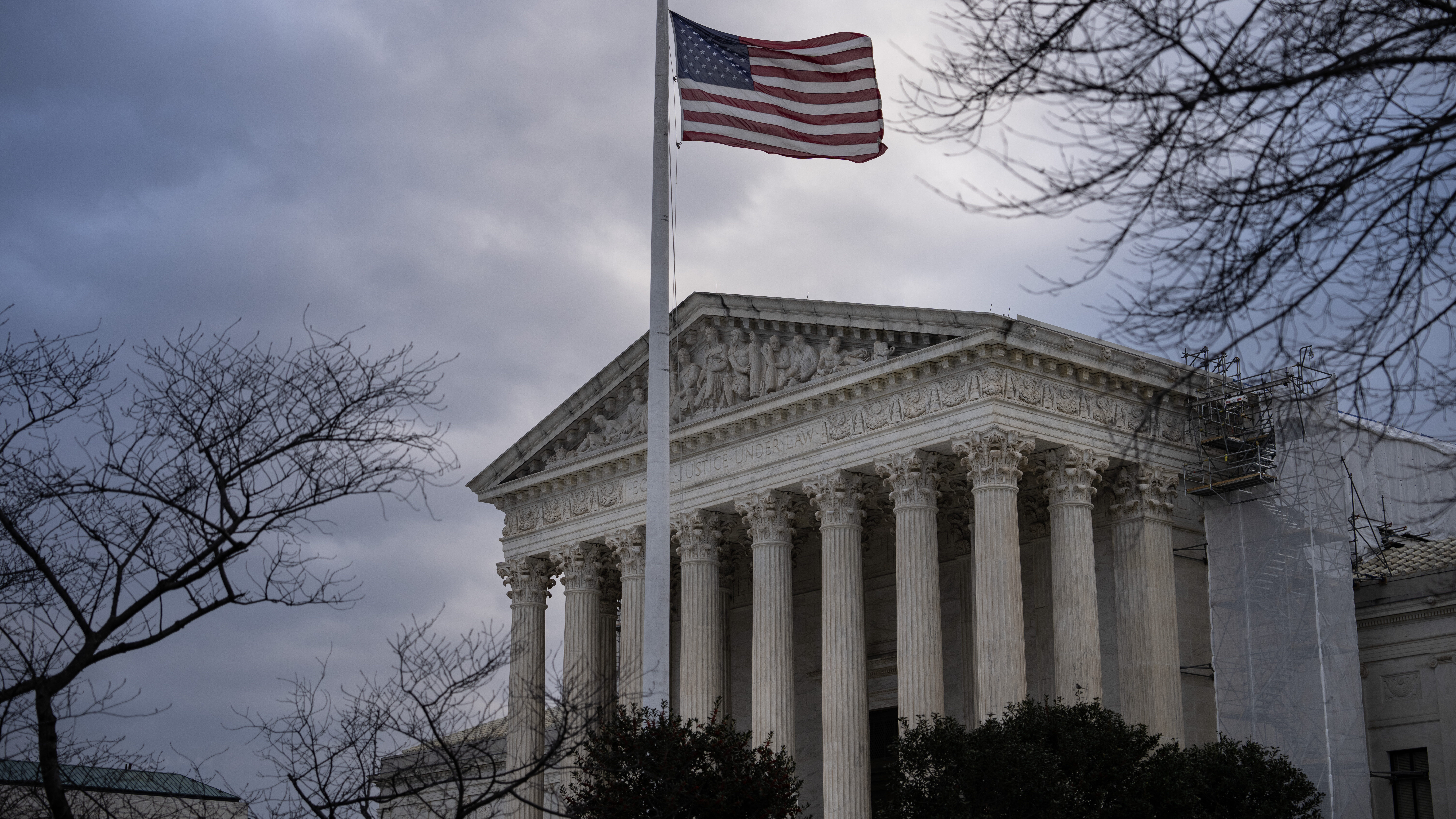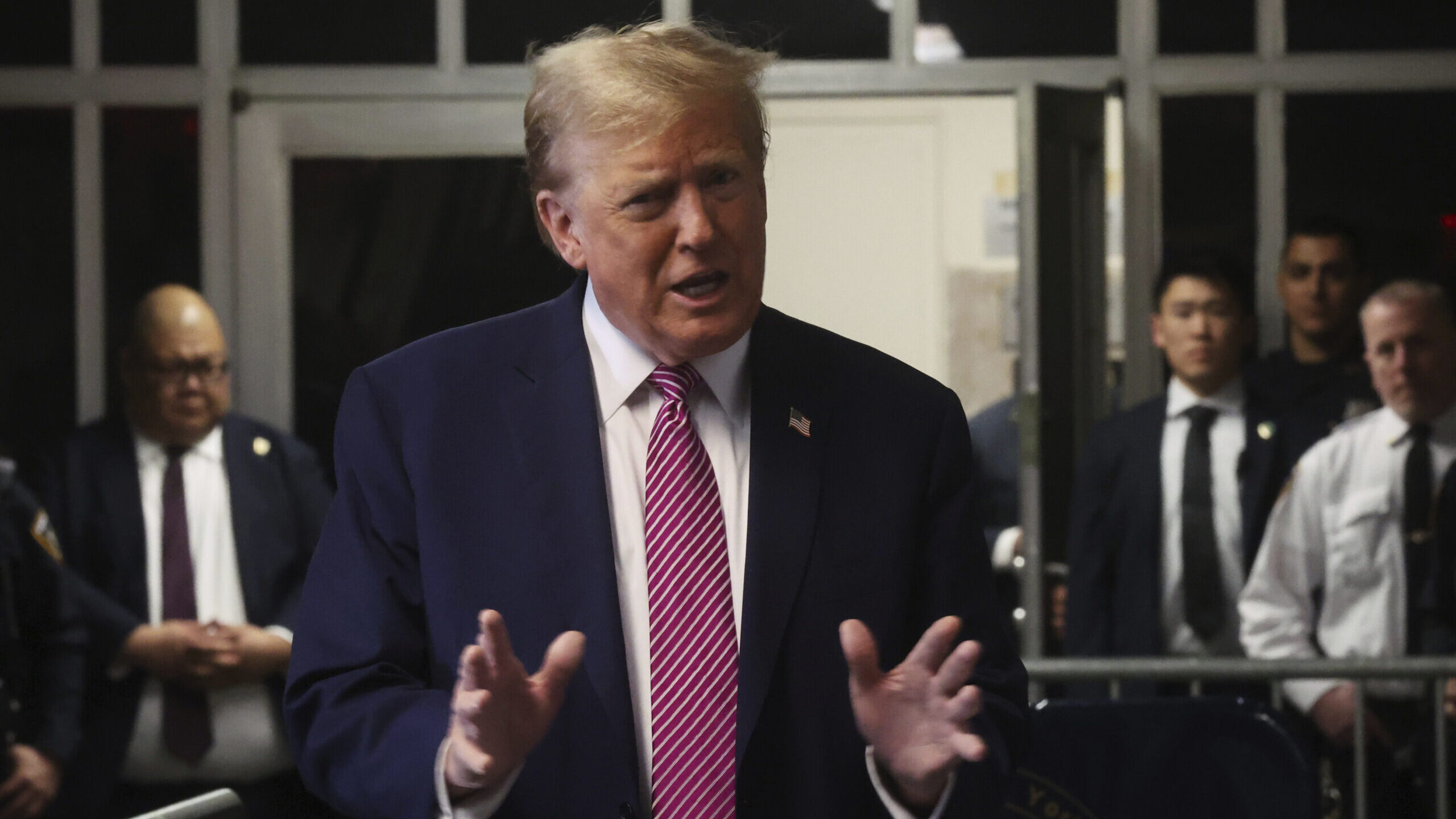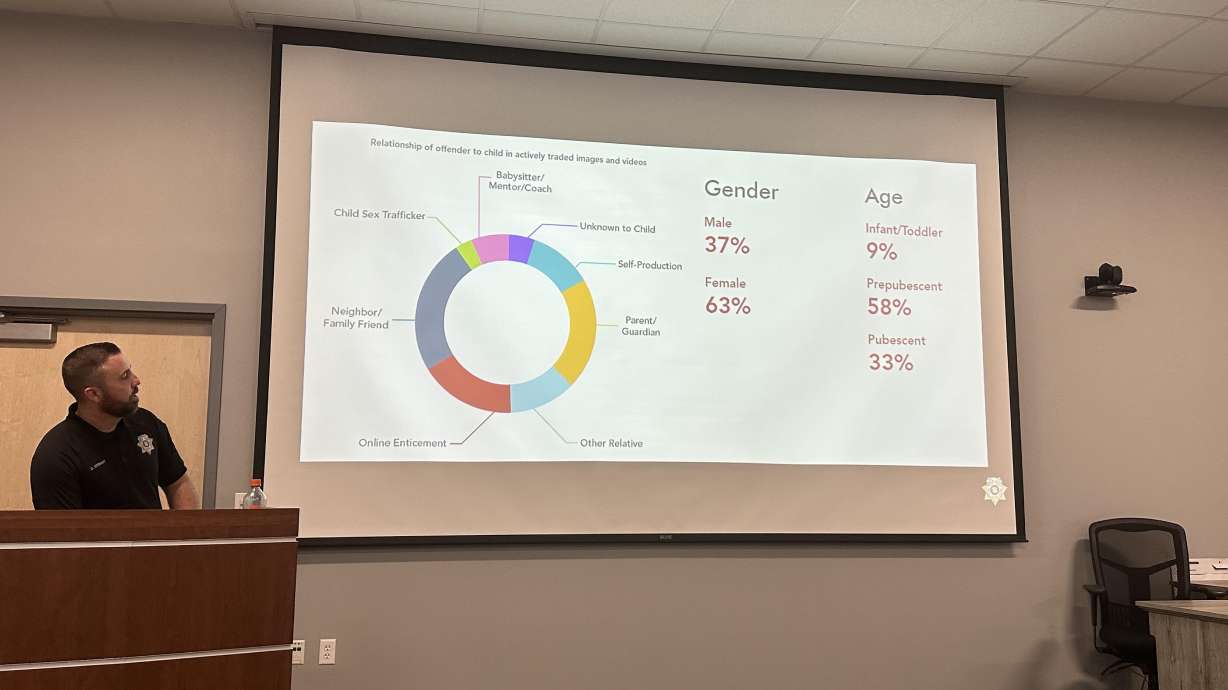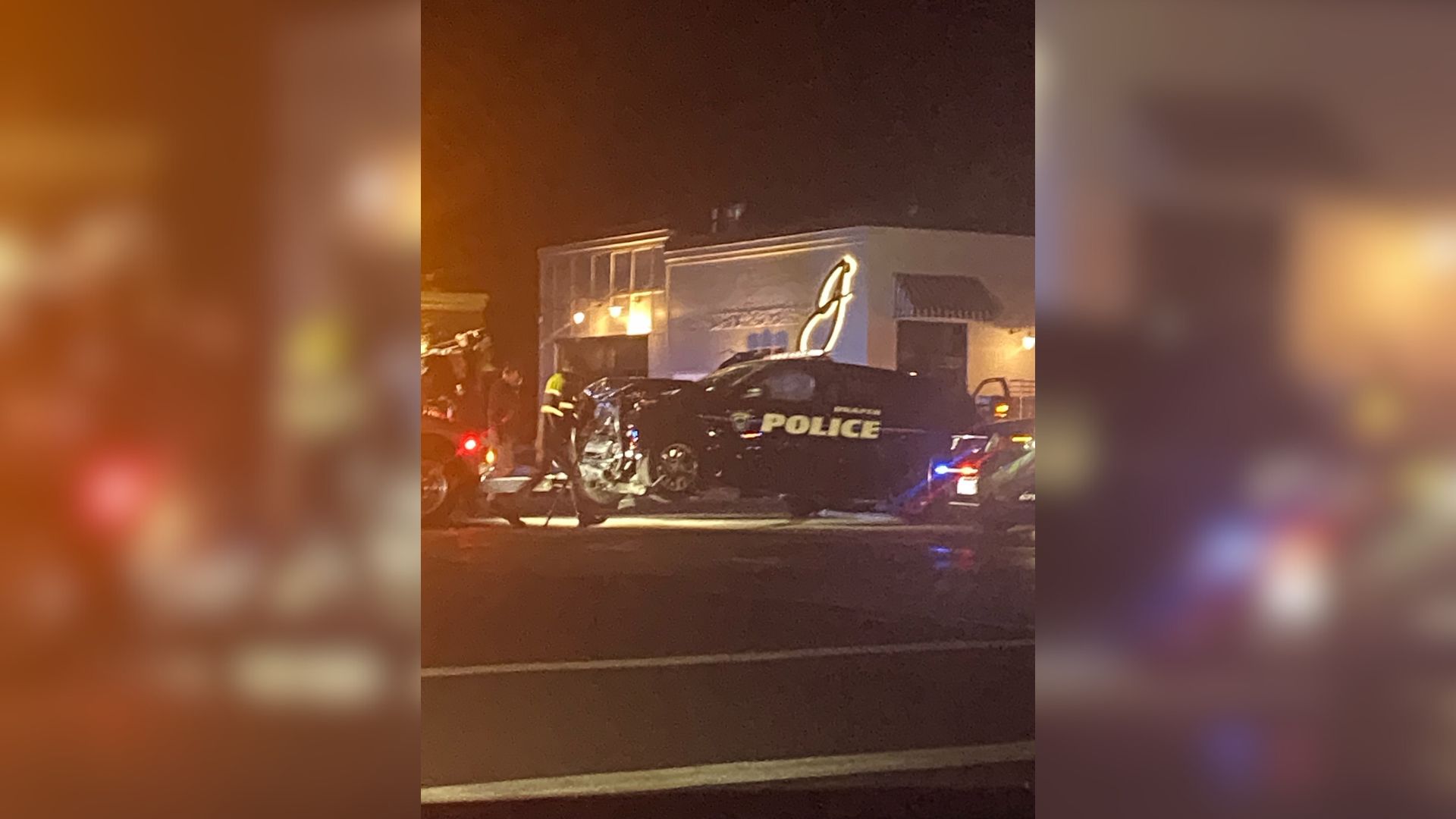Under the gun: how the FBI trains for split-second decisions
Jul 12, 2018, 10:11 AM
SALT LAKE CITY — Law enforcement officers, whether federal, state or local, never know when they’ll have to put their training to the test. So at the FBI, agents go through firearms training and qualification at least four times a year, including role-playing scenarios of the worst possible cases. Once a year, that training also includes a visit to a special room that puts their knowledge to the test.
Special Agent Jim Olson is the Principal Firearms Instructor for the FBI in Salt Lake City. Recently, he put FBI Confidential hosts Becky Bruce and Sheryl Worsley through the bureau’s Firearms Training Simulator, or FATS – a room-sized system aimed at helping agents work through split-second, life-or-death decision making in the safety of a controlled environment.
“The last thing we want to do is [use deadly force],” Olson says. “It’s really, truly a last resort. I know agents who have had to shoot people, and it’s a very, very difficult thing to have to go through.”
Standing in front of a wall-sized screen, each agent is presented with a scenario that changes based on the agent’s actions and reactions, all designed to test the agent’s knowledge of the FBI and Department of Justice’s Use of Force policy, as well as their own training and abilities.
“They’ll go through 12 to 15 scenarios of different cases that have played out, different little scenarios that have played out,” Olson says, explaining that his role is to teach firearms as the chief division counsel teaches the legal end of the policy.
I got to shoot a Thompson submachine gun (and some other cool weapons) as part of the @FBISaltLakeCity Citizens Academy this spring. Check out our #FBIConfidential podcast episode on #firearms training: https://t.co/4UR15gH7Vm pic.twitter.com/cMaQvkHnxm
— Becky Bruce (@KSLbbruce) July 12, 2018
“What happens with this system, what happens here is that a video will play out and we can interact with that. So we have guns, and we’re looking for a couple of things. We’re looking for, is the agent self-aware? And does the agent have good situational awareness?” Olson says. “Are their spidey senses tingling? Do they understand what’s going on and how they interact with it? Do they communicate? Do they come up and not say anything?”
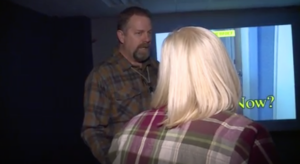
Agent Olson explains to Sheryl Worsley why her scenario would have been a tough judgment call, even for a seasoned agent.
During the demonstration, Bruce and Worsley both encountered situations where using deadly force would have been legally justified, but pulling the trigger on the inert weapon was a tough judgment call to make. For example, in the scenario presented to Worsley, a suspect is firing shots at the agent, but there is also a child present. In Bruce’s scenario, a suspect who had moments before fired shots at the agent turns and flees, leaving the agent looking at his back, before turning around and opening fire again. Olson says those variables are all part of real-life decision making.
“There is a lot going on other than the decision to or not to use deadly force,” he says. “All of that training kind of comes together in these scenarios.”
One question Olson says he is asked a lot is why agents aren’t trained to fire in places unlikely to kill a suspect.
“People say, ‘why don’t you shoot someone in the knee?’ Well, if you have a gun and I shoot you in the knee and you fall to the ground, it hurts you. You’ve now fallen to the ground, so you’re probably immobile. But you can still shoot me,” he says.
But the training also covers when not to shoot and how to avoid tragedy. Olson relates a very personal story where this training kicked in for him.
“As a firearms instructor, occasionally I have firearms in my car overnight because I have early morning training the next morning. That was the case a few years ago, and at home, it was about three o’clock in the morning and I get awakened by my wife who’s elbowing me, saying ’The alarm’s going off in your work truck.’ And so I grabbed my rifle, came out downstairs and I had three options where I could go, and I decided to go around the back way.
“As I was heading to the back door, from the garage, I hear my garage door opening, and so I immediately took a knee behind the counter and pointed my gun toward the threat. The first thing I saw was a baseball bat. The second thing I saw was my son.
“I took the weapon offline, but my finger was not on the trigger and the weapon was on ’safe.’ Right? So based on my training, I don’t shoot until I have perceived a threat and I’m going to use deadly force,” Olson says.
“We don’t shoot because we don’t know. We shoot because there is a threat.”
Olson says the trend of body camera use by officers at all levels, local and national, is a positive one, because it allows the public to see when the use of force is justified, and it also allows trainers like him to have real teaching moments.
“I actually like to see [officers] have body cameras on, because more times than not, it shows the law enforcement officers, given all of this stuff going on, with this situation, with the tension, with crowd surrounding them, all sorts of stuff going on, they so many more times than not, they make the right decision,” he says. “And then sadly, though, we see times when law enforcement officers don’t make the right decisions. And I think it’s important for us to see that. It’s important for me to see that, right? Because I use those scenarios which I think are not – weren’t handled well, I use those as training opportunities. So every time we get together, I call it talks with Uncle Jim. I tell the agents these stories of ‘ here is a police officer, this is what happened.’ And it’s where good things happened, where there was incredible bravery, incredible courage and the officers did the right things, or even these ones there – it’s a great teaching opportunity.”
“And then we talk about it. What could have been done differently? Did this have to end this way?”
Users can find FBI Confidential on the KSL Newsradio website and app, as well as Apple Podcasts and Google Play.
You can sign up for the next round of the FBI Citizens’ Academy in Salt Lake City. Applications are due by July 31, 2018. You can apply here, or nominate someone to attend here. Any questions should be directed to madams2@fbi.gov.




